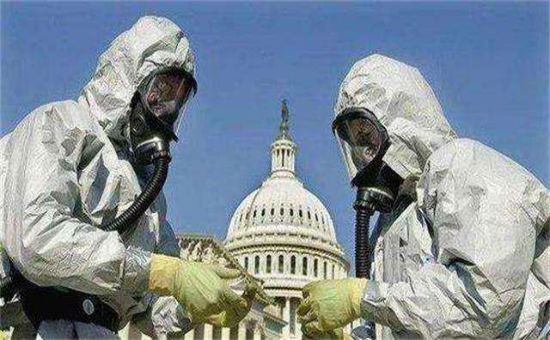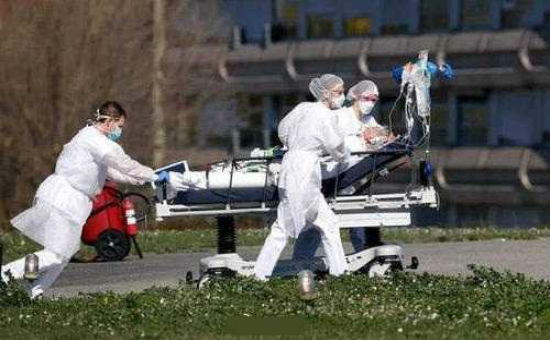Abstract: As we all know, the prolonged epidemic of the epidemic has had a very serious impact on the global economy and the US economy. Judging from the current situation of the epidemic in the United States, it will take a long time for a complete improvement. Against this background again, professional organizations predict that the US GDP in the second quarter will shrink by 32.9%, which is the largest drop in history.
August 1 News As we all know, the prolonged epidemic of the epidemic has had a very serious impact on the global economy and the US economy. Judging from the current situation of the epidemic in the United States, it will take a long time for a complete improvement. In this context, some professional organizations predict that the US GDP in the second quarter will shrink by 32.9%, which is the largest drop in history.
Shrinked by 32.9%! US GDP in the second quarter will usher in the biggest drop!
Data released recently showed that the initial value of the US GDP annualized quarterly rate in the second quarter was -32.9%, the largest drop in history. In this regard, the agency pointed out that the economy shrank by 32.9% in the second quarter, at least the worst recession since the 1940s, highlighting the impact of the "pandemic" and that more Americans will lose their jobs. In addition, the actual initial quarterly rate of personal consumption expenditure in the second quarter of the United States was -34.6%, still the largest drop in history.

In response to this situation, the world-renowned legal services company Ebey pointed out that as of June 30, the number of US companies filed for bankruptcy protection this year has exceeded 3,600, a 26% increase from last year. This is just the beginning. To this end, the Federal Reserve "rescue" announced the extension of seven emergency loan programs for three months. It is reported that in order to alleviate the shortage of corporate funds, the US Federal Reserve launched nine emergency loan programs in mid-March.
The U.S. epidemic continues to spread, and the number of patients shows explosive growth
According to the real-time monitoring system of the Johns Hopkins University in the United States, as of 5:38 pm on July 29th, the United States had 4,401,599 cases of new coronavirus infections, including 15,090 deaths, accounting for global new crown deaths More than 1/5 of the number of people. Compared with the data of the system at 5:35 pm on July 28, the number of new crown infections in the United States has increased by 60,398, and the number of deaths has increased by 1,038.
According to data from the local state public health department, California reported 197 deaths from new crown infections on the 29th, surpassing the state's highest record of 159 daily deaths set last week. Florida reported 216 deaths that day, setting the highest number of deaths in the state for the second consecutive day.

According to data compiled by the "New York Times", on July 27, the average daily number of new deaths in the United States within seven days rose to more than 1,000 again, the first time since June 2. In the seven days as of July 28, the United States had an average of 65,218 new coronavirus infections every day, and an average of 1,106 new deaths every day.
CNN found that the United States reported its first death from new crown infection on February 29 this year. On April 23, 54 days later, the death toll reached 50,000; 34 days later, on May 27, the United States died of new crown infection. The number exceeded 100,000; on July 29, 63 days later, the death toll exceeded 150,000.

The American Association of Medical Colleges issued a statement on the 29th warning that if decisive and coordinated actions are not taken, the number of deaths from the new crown in the United States may soar to "hundreds of thousands." Ashish Jaha, director of the Harvard University Institute of Global Health, said: "I think that as a country, we have not been able to control the problem and have not prioritized the prevention of these deaths. This reality is even more outrageous."
